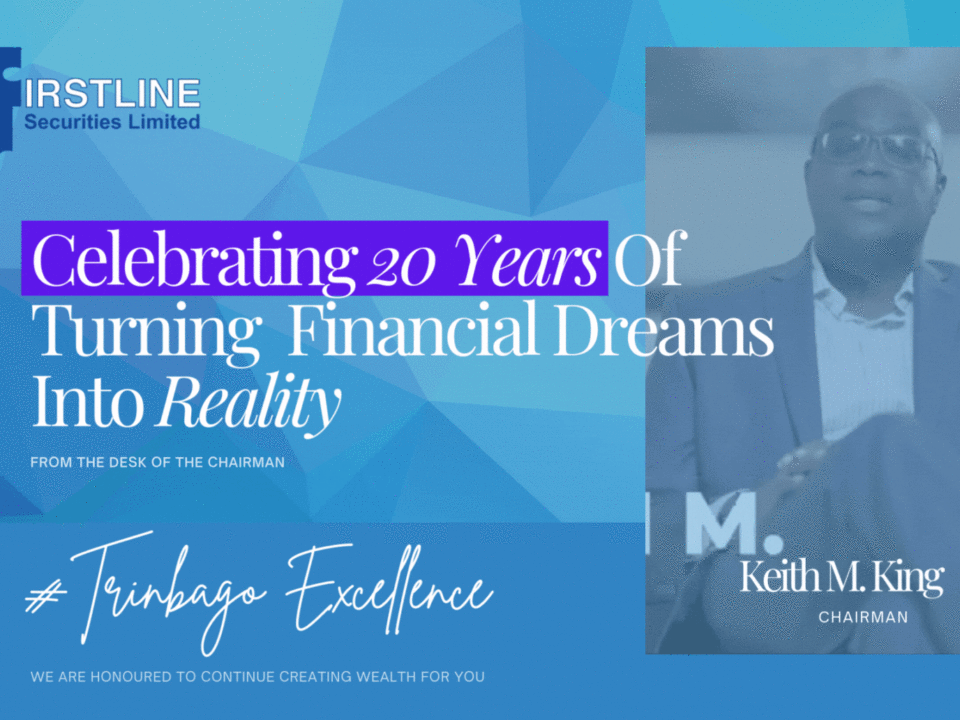According to the 10th Actuarial Report: The Pay-As-You-Go (PAYG) rate is the rate that is necessary to pay all expenditures (benefits and administrative expenditures) in each year. At the beginning of the NIS, this rate was close to zero but has increased with time. The difference between the effective contribution rate and the PAYG rate is used to accumulate a reserve. For the NIS, the difference has been negative over the most recent years, meaning that investment returns are used to pay the expenditure. Projections from this report indicate:
- In all years (2016 to 2066) annual contributions are no longer sufficient to pay for all annual expenditures. In fact, the PAYG rate exceeds the current legal contribution rate (13.2%).
- At the beginning of the projection period (2016), investment income must be used to pay for annual expenditures though starting in 2023-2024, total income (contributions, investment income and other income) is no longer sufficient to pay for all annual expenditures and the reserve starts to decrease. While we wait to see how the income and expenditure match up for 2023-2024 and beyond, we have seen that from 2013 to date, investment income was required to cover annual expenditures and the gap between contribution income and benefit expenditure has grown each year.
- During the year 2035 -2036, the reserve drops to zero.
In their 2020 and 2021 Annual Reports, the NIB also proposed legislative amendments in line with 10th Actuarial Report. They suggested:
- To increase contribution rate to 16.2%
- That the minimum pension should be frozen to give at most 80% of the minimum wage.
- To increase retirement age to 65
To reduce pension by 6 percent for each year’s retirement benefit claim before the age of 65.
However, none of these suggestions have been implemented as these recommendations are left to politicians that occasionally effect changes contrary to the actuarial recommendations. Very often their short -term interests conflict with the recommendations and they do not wish to adversely affect the population i.e. the current voting base.
There are surely consequences to this, some of which we continue to see the effects of. The NIB’s 2020 Annual review states, “Of continuing great concern over the last 6-7 years is the increase in the disparity between Contribution Income and Benefit Expenditure. This growing shortfall has been supplemented by investment income. If the status quo is maintained, it is projected that as early as the next 2-4 years assets will have to be liquidated to ensure that benefits can continue to be paid in full.”
So, what do we do? And I’m not asking generally – I don’t mean ‘we’ the government. What do you and I do to secure our own futures?
There really is only one option – many means of getting there I suppose – but still one option. And that is – PREPARE for your own retirement by saving and investing. We all want a reward for our labours, to guarantee we can finance the lifestyles we wish for when we retire. Sure, millennials like me speak about being ‘rich in experiences’ now! YOLO we say…you only live once… but what good is that ‘YOLO’ if when you’re most vulnerable you’re unable to care for yourself?









2 Comments
How many times they say self employed persons could pay NIS…When you go to NIS they say ntting in place for self employed to pay NIS Contributions
Exactly!